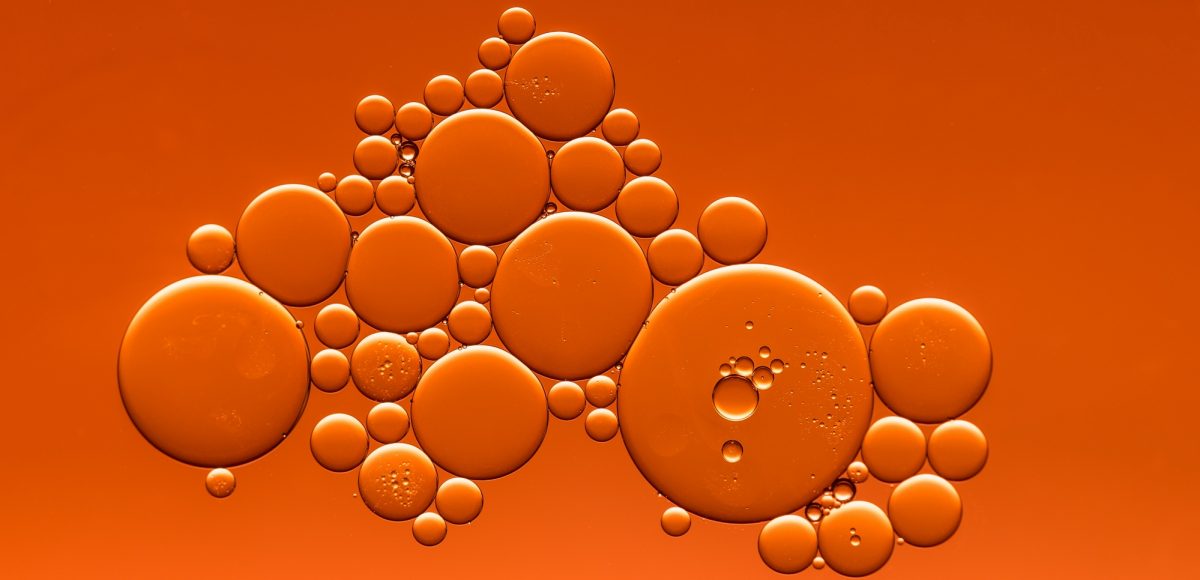Tipping, pouring, & Torching: 3 Great Ways to Prevent Resin Bubbles
The main reason for preventing bubbles in epoxy coatings and castings is that resin bubbles interfere with clarity. Fortunately, there is a lot you can do to make sure your epoxy remains bubble-free. Whether your project is in the planning stage, or you’re already frustrated by bubbles in cured epoxy, here’s how to deal.
Nip resin bubbles in the bud
Few things are quite as annoying as advice that begins with “prevention is the best cure.” When you’re already facing a problem, it’s too late for preventative measures. If you’re looking for solutions to bubbles in cured epoxy, the news isn’t great but it may not be completely hopeless. Hop down here to read about removing bubbles near the surface of cured epoxy.
For future reference, here’s how to prevent bubbles in the first place.
A Gassy Issue
When a porous surface like bare wood warms up, it releases gasses. When the temperature is rising in an epoxied substrate before the epoxy cures, these gasses rise to the surface and are trapped by the epoxy’s surface tension.
Fortunately, this is easy to avoid. Heat the surface of the bare wood and apply epoxy as the wood cools. The gasses inside of cooling wood will contract, drawing the epoxy in. This is much better than expanding gasses which create bubbles in your coating or casting.
Here’s where you can use your shop temperature to your advantage. You’re more likely to see bubbles forming in epoxy if you start your project during the cooler part of the day and the epoxy is curing as the day gets warmer. It’s easy to flip this script, coating or casting the epoxy as temperatures are dropping instead of rising. And you don’t have to wait for Mother Nature to do her thing if you can control the temperature in your workshop. The bottom line is, you’re better off if things are cooling down after you coat them, not heating up.
A Hot Tip
Tipping right after rolling the epoxy on is a great way to prevent resin bubbles in clear-coated surfaces. Use a thin-nap roller cover to roll epoxy onto the surface. To “tip” the coating, simply drag a foam brush or section of foam roller over the surface. This bursts those sneaky bubbles and results in a smoother epoxy coating.
Foam brushes are cheap, but if you don’t happen to have one handy just cut a piece of thin foam roller and grab the nearest clamp. Voila, the perfect tipping brush.

Go with the Flow
Here’s a simple way to prevent resin bubbles in epoxy castings. Pierce a hole near the bottom of your mixing pot. Cover the hole with tape. Now mix your resin and hardener in the pot. Peel the tape away and let the epoxy pour into your casting cavity from the bottom of the mixing pot. Because bubbles rise to the top, many fewer will find their way into your casting. The epoxy running from the bottom of the container will be bubble-free. Here are some more nifty casting tips.

Play Misty for Me
Lightly mist the uncured epoxy surface with denatured alcohol to pop air bubbles. The alcohol flattens the epoxy and reduces surface viscosity. This is a low-risk way to prevent bubbles. Denatured alcohol quickly evaporates and won’t create new bubbles. Be sure the mist is fine: larger droplets will pit the epoxy surface and a moon-like texture is probably the last thing you’re going for.
Flame War
Wild as it sounds, the flame from a propane torch is great for getting rid of resin bubbles in epoxy coating and castings. The flame flattens the epoxy and reduces its viscosity so trapped bubbles can escape.
The time to torch epoxy is after you’ve applied it but before it gets tacky. Hold your propane torch with the flame 2-3 inches above the epoxy and move it across the surface at 12 to 16 inches per second. Always keep it moving, and overlap a little with the previous torch pass. The surface won’t burn or discolor as long as you do this right, overlapping the previous pass slightly. When done correctly, the surface will not discolor or burn in any way.
A few cautions: Obviously, you’ll need to be extra careful with the torch, and not just to avoid burns. Overheating the epoxy can cause even more bubbles, which is the last thing you want. Just take your time and get this right. It’s totally worth doing if you’re committed to getting an ultra-clear end-product. Don’t use the torch over bare wood because that can release gas into the epoxy layer, defeating your purpose.
Oh no! I’ve Got Bubbles in My Cured Epoxy!
All is not necessarily lost, especially if your bubbles had the decency to appear near the surface. And since bubbles rise, that’s entirely possible. Read on to learn how to handle bubbles near the surface of your epoxy casting or coating:
Resin Surface Bubbles: Sand and Recoat
First, if you’ve got resin bubbles in partially cured epoxy, you absolutely must wait until the epoxy cures completely before you begin sanding it. For the sake of your entire respiratory system, never sand partially cured or “green” epoxy. No epoxy project is worth risking your health.
After sanding the surface bubbles to open them, use a stiff metal or plastic spreader to fill the resulting pinholes with more epoxy. Angle the spreader low to avoid scraping all of the fresh epoxy away. Firmly drag the spreader using long, overlapping strokes. This forces the epoxy into the pinholes. Make sure the pinholes are filled with epoxy before adding another layer.
Deep resin Bubbles: Accept or Do-Over
The bad news is, there is no method for removing bubbles that are deep in cured epoxy. This is especially a problem with castings. We suggest reframing them as exciting effervescence, frivolous fizz, or pretty percolation. After all, bubbles are completely natural and not the end of the world. But if you’re unable to make peace with them, you can avoid them in future projects by applying the tips shared earlier in this post.
Burst Your Bubbles
Now that you know how to prevent and remove bubbles from epoxy you’re on your way to creating crystal clear castings and coatings.

Featured image (top) by Sharon Pittaway on Unsplash

